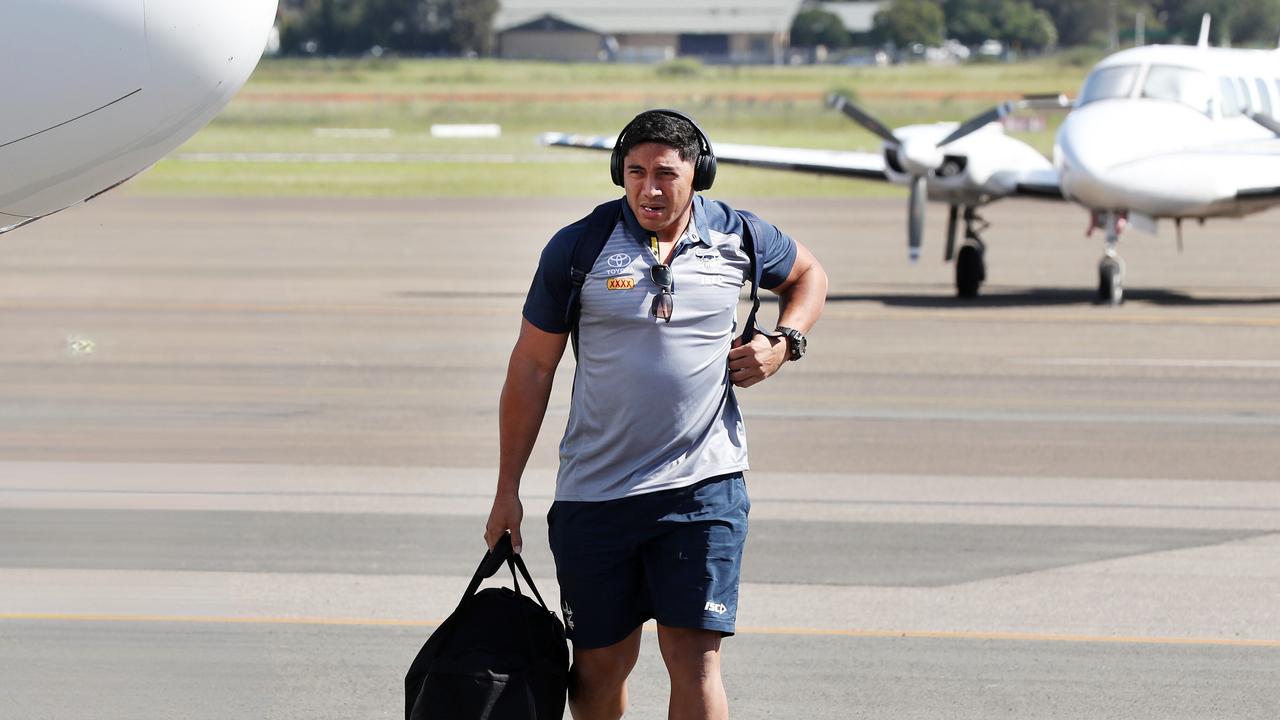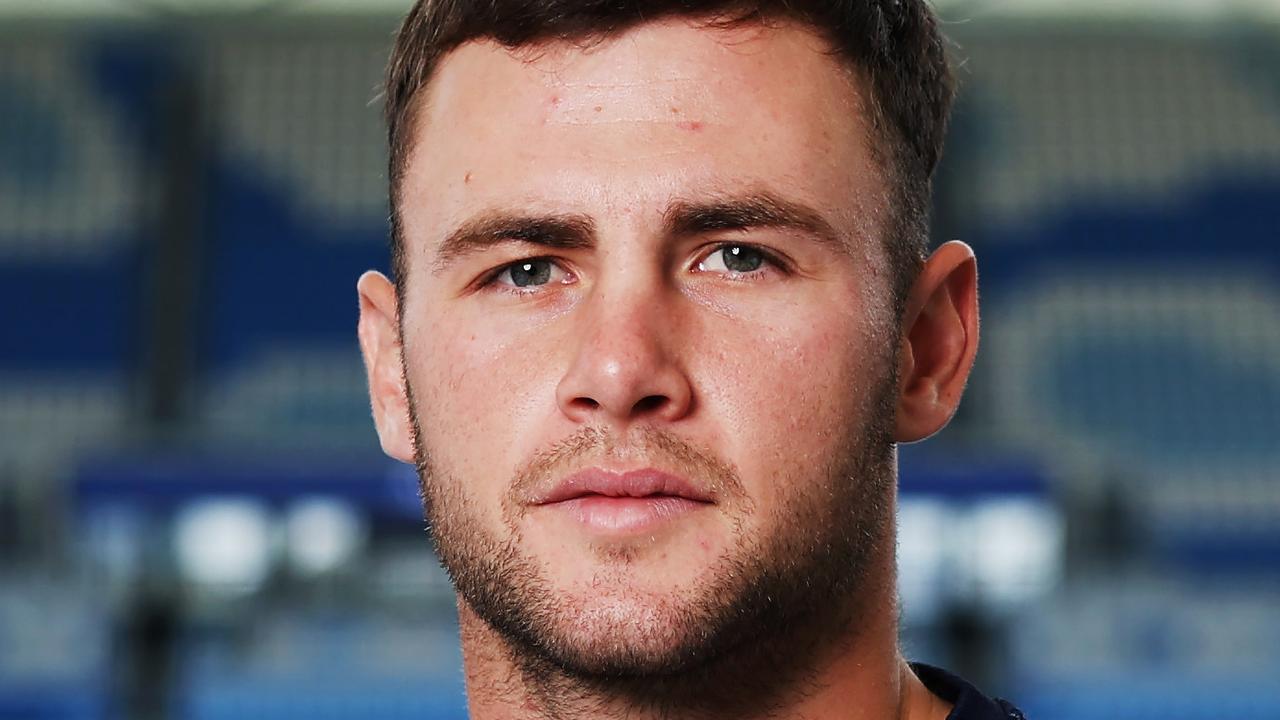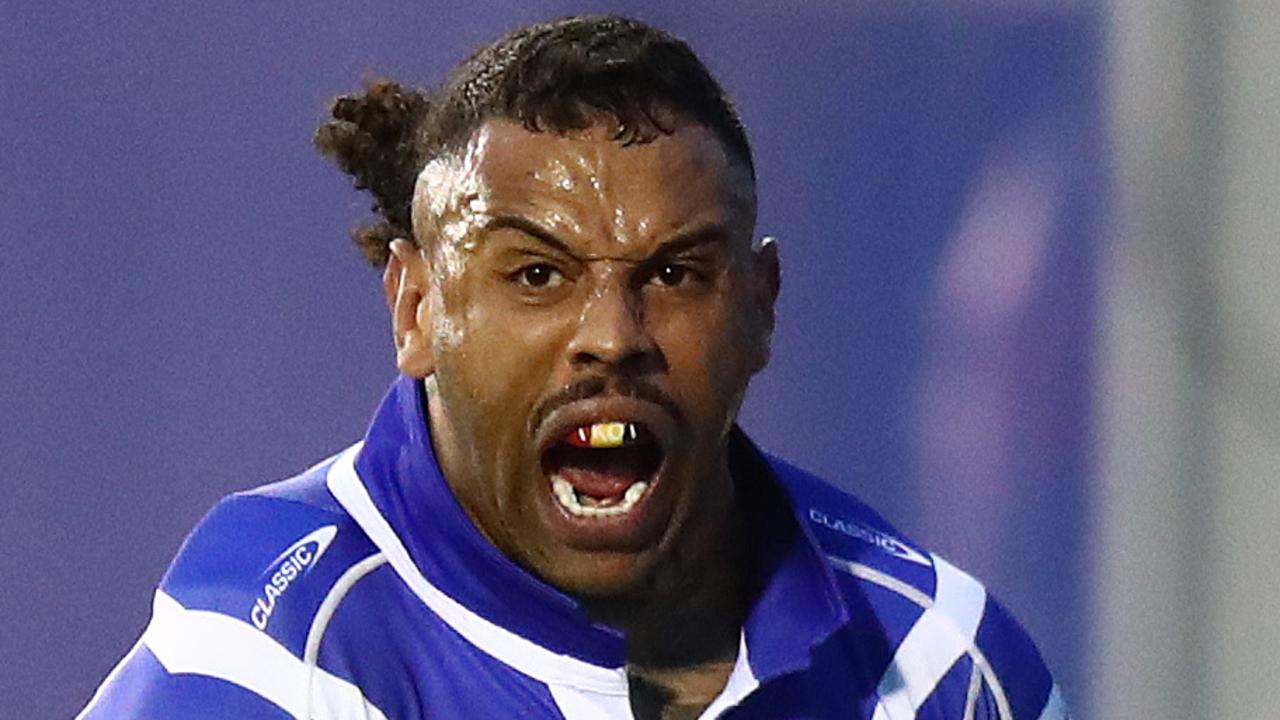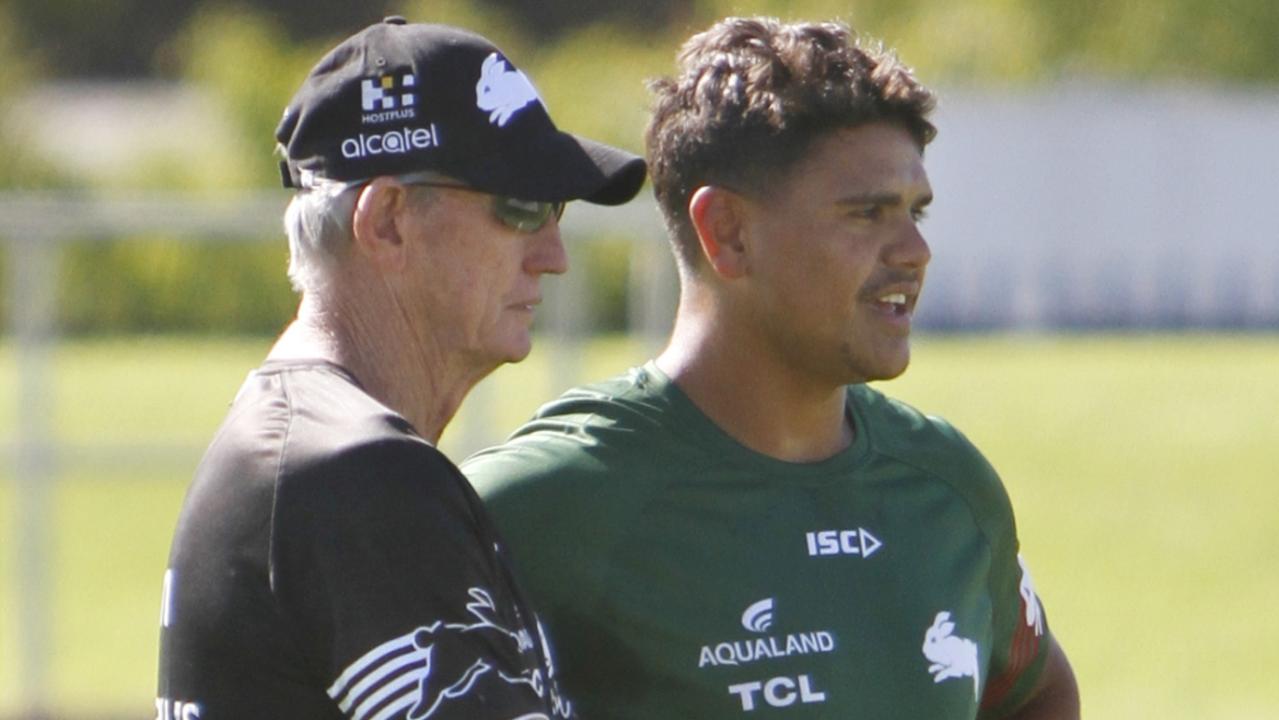NRL vs AFL in Queensland: The key numbers that prove who is winning the code war
Finals fever is set to hit Brisbane with both the Broncos and Lions considered genuine premiership contenders – but who is really winning the Queensland code war? SEE THE NUMBERS
NRL
Don't miss out on the headlines from NRL. Followed categories will be added to My News.
Brisbane could be the centre of the footy universe next month with both the Broncos and Lions considered genuine contenders for the NRL and AFL premierships.
The Broncos have sewn up a top-two spot and are the bookies’ second-favourite to lift the Provan-Summons Trophy on October 1.
It’s a similar story in the AFL, where the Lions finished second on the ladder and secured the double chance and a home qualifying final against Port Adelaide set for Saturday week.
The city is on the cusp of finals fever and the two clubs will be duelling for the title of hottest ticket in town in the latest instalment of the Queensland code wars.
Despite the AFL’s considerable advances in recent years, the NRL has maintained a stranglehold over the Queensland market both tangibly and in the general consciousness of the footy-going public.
But outgoing AFL chief executive Gillon McLachlan sent a shot across the bow in July when he claimed Queensland was “becoming an AFL state” and that AFL would be “the biggest sport in Queensland in 5-10 years across most metrics”.
It was a bold claim that raised plenty of eyebrows and drew umbrage from Queensland Rugby League chief executive Ben Ikin, who laughed off McLachlan’s comments.
So what exactly are the numbers? Is the AFL as big a threat as McLachlan claims?
This masthead ran a deep dive over three key metrics – participation, attendance and television audience – to reveal which code is leading the way in Queensland.
Grassroots participation has long been seen as the major battleground in the code wars debate, and it’s here the AFL believes it can make the greatest inroads.
McLachlan claimed Aussie rules would “have more participants this year in Queensland than the NRL” and on the surface, last week’s announcement of 68,000 participants across the state would seemingly confirm that.
AFL Queensland proudly declared a 16.7 per cent year-on-year increase in grassroots community participation and, in the process, surpassed the NRL’s comparative figure of 67,919 participants, which represented 5.3 per cent growth on 2022.
“We’re really excited the game is growing so fast here in Queensland … we want to see as many kids playing our game (as possible),” AFLQ chief executive Trisha Squires told this masthead.

But here’s the catch.
The AFL’s figure encompasses 30,000 Auskick participants, leaving its club participation number at 38,000.
According to the NRL, its figure represents registered club participants only and does not include other programs including its Auskick equivalent, Tackle Ready.
Thus, rugby league still boasts a considerable market share in the community participation stakes.
But that is not to say the AFL has not put significant pressure on its code rival in Queensland.
Brisbane’s Western Corridor has been the biggest mover with a 45 per cent increase in Auskick participation compared to 2022, while the Gold Coast enjoyed a 37 per cent boost.
It coincides with the Lions establishing their training base and AFLW home ground at Springfield and the Suns’ steady push into the Gold Coast market.
Queensland Rugby League’s GM of community rugby league, Adam Vanzanten, confirmed the Western Corridor was one of the code’s key focus areas.
It could prove to be the front line of the code war in Queensland in coming years.
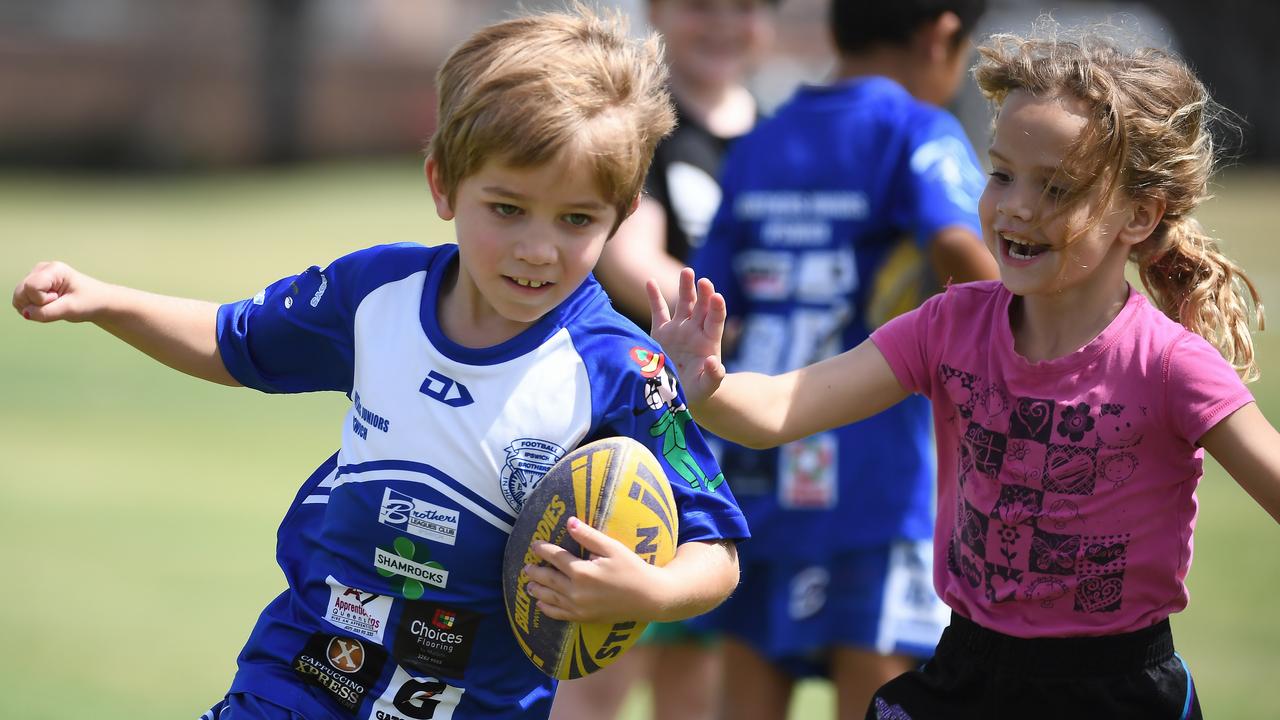
“Much of the demographic modelling done by most sports and industry certainly tells us the Western Corridor has a huge amount of growth out there,” Vanzanten said.
“We’ve certainly put a focus from both the NRL and QRL on making sure our governance of our local clubs continues to improve and making sure we have clubs available for people to register when they’re needed.”
Squires also estimated that roughly 35,000 Queensland students participated in school-based Aussie rules programs and competitions.
The NRL did not provide this masthead with a schools participation figure.
Outside of Queensland, the AFL enjoys a healthy advantage when it comes to match-day attendance, however the NRL remains the clubhouse leader on that front in the Sunshine State – just.
Of the 20 AFL matches hosted in Queensland this season the total attendance was 453,104, or 22,655 per match.
The Lions averaged 29,285 fans through the Gabba gates this season compared to the Suns’ 14,552 at Heritage Bank Stadium.
With four teams in Queensland, the NRL more than doubled the number of fixtures in the state and with that welcomed more than 1 million match-day attendees over the course of the regular season.
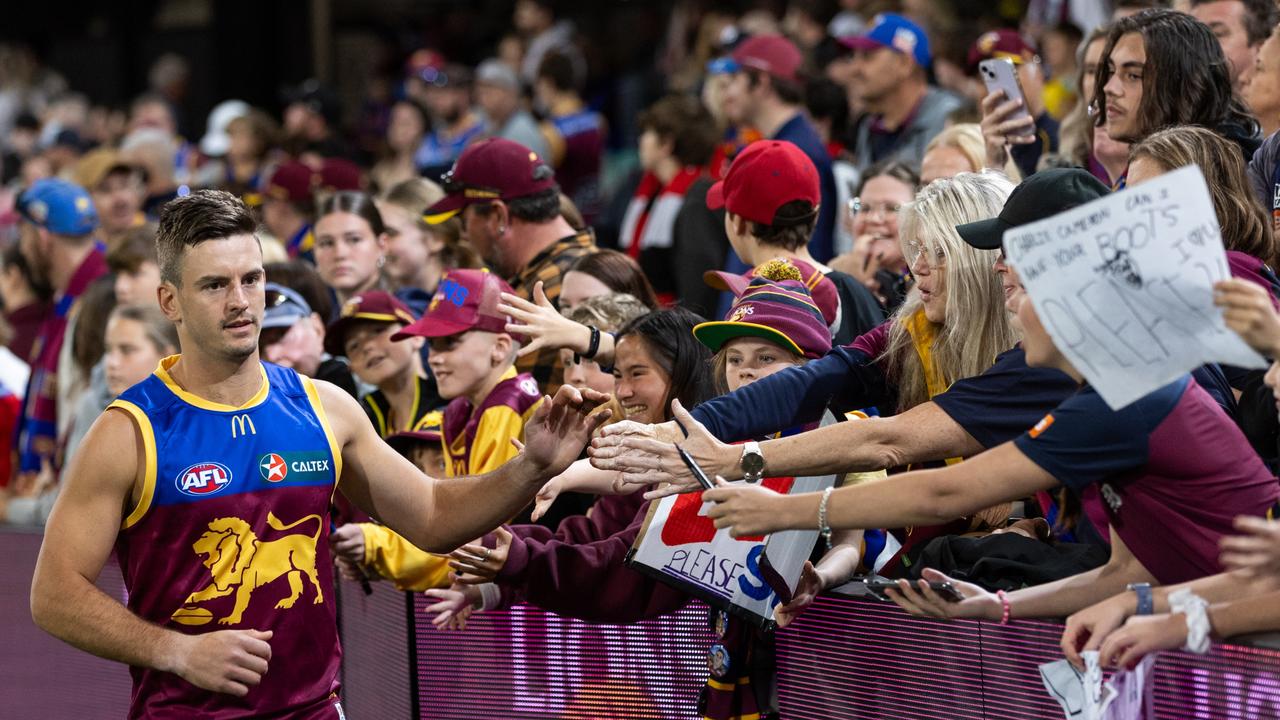
The Broncos boast the highest attendance of any club from either code with an average of 32, 932 patrons attending home games this season – roughly 3700 more per game than the Lions.
The Dolphins – bolstered by the 51,047 figure for the maiden Brisbane derby at Suncorp Stadium in round 4 – was the next-best Queensland NRL side with an average of 22916, though still comfortably lower than the Lions.
The Titans (19,954) and Cowboys (18,463) both enjoyed higher crowd averages than the Suns.
However, the Lions have been able to fill a greater percentage of seats at the 36,000-seat Gabba than any other Queensland club this season – including the Broncos’ 52,500 at Suncorp Stadium.
The Lions averaged 81 per cent of maximum attendance at matches compared to the Broncos’ 63 per cent.
It’s a no-contest when it comes to free-to-air television viewership in Queensland.
The NRL boasts an average viewership 6.5 times that of AFL in the Sunshine State and has extended its lead this year.
Channel 9 has seen an 11 per cent increase in NRL viewership from 2022 while Channel 7 cited a 7 per cent boost in AFL audience on the previous year.
Regional Queensland is dominated by the NRL – with almost seven times the viewership of AFL – likely in part due to the Cowboys, whose footprint reaches across much of North Queensland.
SO WHAT DOES IT MEAN?
The AFL has made significant inroads in participation comparable to the NRL in recent years and so long as the Lions are winning games, the Gabba – at least until 2026, when it is rebuilt for the Olympics – will be a semi-regular sellout.
Aussie rules’ footprint in Queensland has arguably never been larger than it is now.
But the same can be said for rugby league.
The addition of the Dolphins and looming possibility of a fifth Queensland NRL team in the near future will only heighten pressure on the AFL to respond.
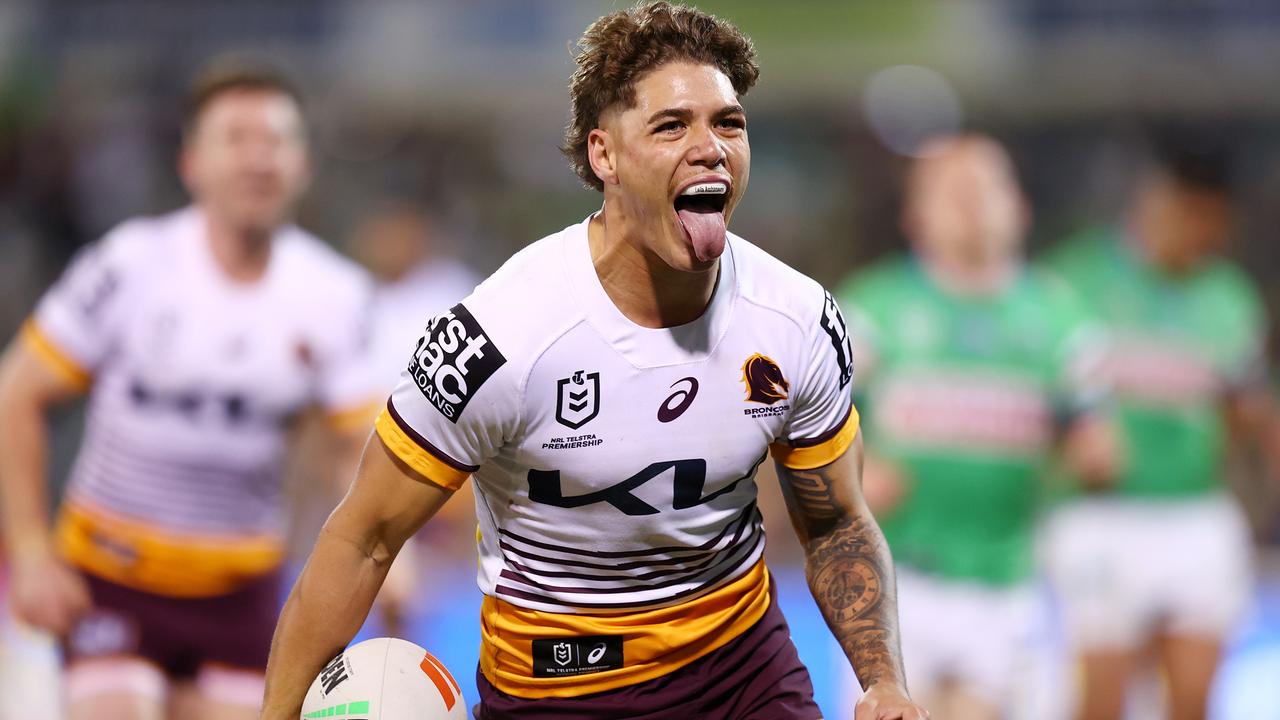
The Suns are 13 seasons into their AFL existence without a winning year or single finals appearance to their credit.
Damien Hardwick’s appointment has many excited at the prospect of a promising future on the Gold Coast and he will be expected to accelerate their ascent.
Having a successful team on the Gold Coast is crucial to making inroads in attendance and television audience in Queensland, which remains dominated by the NRL.
Is McLachlan right? Will Queensland be an AFL state in 10 years’ time?
Only time will tell. But for now, it remains well and truly the NRL’s domain.
More Coverage
Originally published as NRL vs AFL in Queensland: The key numbers that prove who is winning the code war



